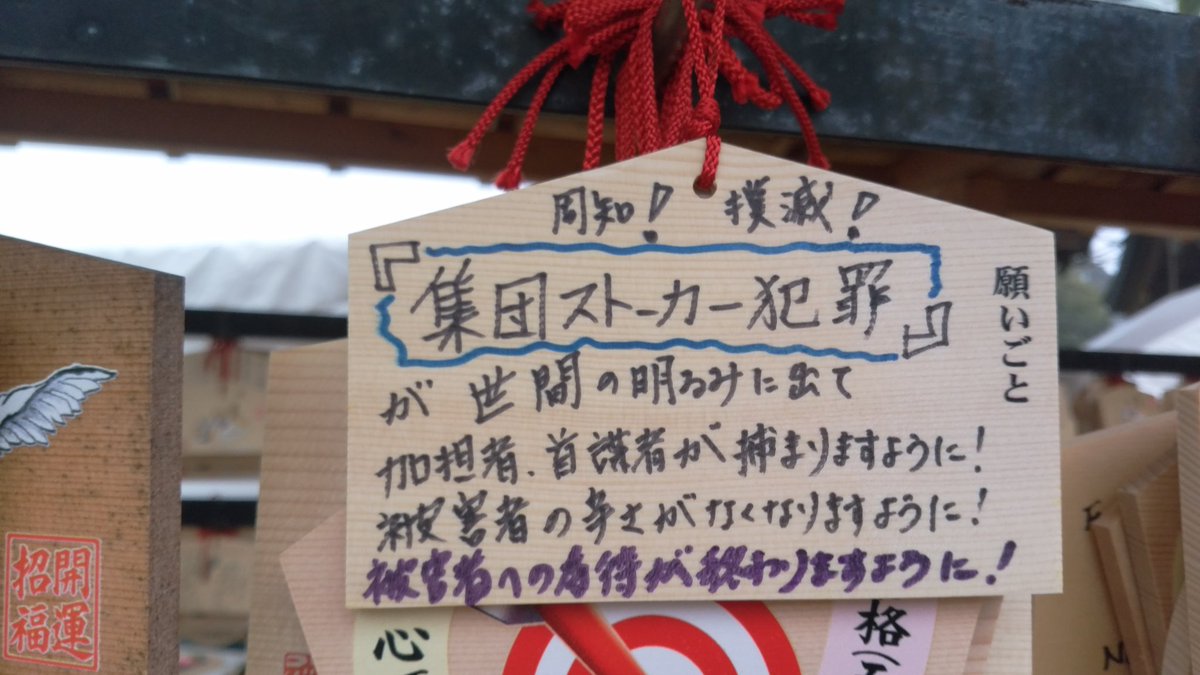下の画像、同じ植物を植えた二つの鉢植えに水をやった9日後の姿。、
右がコンロで加熱した水をやった鉢で植物は正常に生育している。
処が、左の鉢は、電子レンジでチンした水を与えた鉢で、植物は枯れた!
たった9日間でこれ。
これは何を意味するかと言うと、電子レンジでチンしたものを胃袋に入れると、害があるということですね。具体的には体内細胞を破壊する!!!
冷凍食品や冷蔵庫に入れてあった残り物をチンしたら・・・・・・
無論、これで熱燗したら・・・・・・・トホホ・・・・・・
◇ ◇ ◇
電子レンジの恐ろしさは、以前から言われていましたね。
何しろ、先進国で電子レンジを使っているのは日本だけ。
ロシアを始め、欧米諸国では使用禁止、または使用しないようにしている。
使うとしてもせいぜいキャンプに行ったときぐらい。
以前の私のブログ記事でも電子レンジのリスクについて書きましたが、今回は、それとは視点を変え、食物や水をチンするリスクについての概略文を掲載します。
◇ ◇ ◇
(参考)私のブログ記事
『子供を電磁波から守れ』 2013/3/11(月)
(参考)下記の記事の原本としている記事
『Microwave Oven and Microwave Cooking Overview』
電子レンジオーブン、電子レンジ調理の概要
◇ ◇ ◇
さて、本文
『The Dangers of Microwave Radiation Cannot be Ignored』
マイクロ波放射の危険を無視することができない
An experiment conducted at home for a high school science fair five years ago has verified the dangers of microwave ovens not only to humans, but even to plants and other organic matter.
5年前に高校科学博覧会のために家で行なった実験で、人間だけでなく植物および他の有機物にとって電子レンジの危険性を確認しました。
The experiment showed that microwaved water given to a plant causes the plant to wither and die within days; however, another identical plant given water that was boiled on a conventional stove grew normally during the same time period.
実験では、電子レンジで調理された水を植物に与えると、植物は数日のうちにしぼみ、枯れることを示しました;
しかしながら、従来のストーブで沸騰させられた水を別の同一の植物に与えた場合、同じ期間中、通常に成長しました。
Many studies conducted throughout the world have repeatedly highlighted the deleterious effects of microwave ovens on human health.
世界の至る所で行なわれた多くの研究では、人間の健康上、電子レンジの悪影響を繰り返し強調しました。
In fact microwave ovens are so dangerous that they were banned in Russia from 1976 to 1987.
事実、電子レンジは非常に危険なので、それらは1976年から1987年までのロシアで禁止されました。
Twenty years of thorough research by Russian scientists convinced them that the dangers of the devices outweighed the benefits in cooking time.
ロシアの科学者による20年間の完全な研究では、装置の危険性が加熱時間の短縮の利点より重要であることを確信させました。
In the home experiment, filtered water was divided into two parts.
家庭での実験では、ろ過水は2つに分割されました。
One part would be microwaved and allowed to cool before being given to the plant, while the second part would be heated on a conventional stove top and given to an identical plant.
その一つの方の水は、電子レンジで加熱した後に冷やされ、もう一方の水は従来のコンロで加熱され、夫々同一の植物に与えました。
Results were observed over a nine day period.
9日間に観察されました結果とは。
By the third day it was already clear that the plant given the microwaved water was not faring as well as its counterpart.
3日目までに、電子レンジで調理された水を与えられた植物は、コンロで加熱された水を与えられた生物ほどには生育していなかったことは既に明らかでした。
By the ninth day the microwaved plant was virtually nonexistent in its pot, having literally shrunk in size to just a few inches above the soil. The second plant was growing beautifully.
9日目までに、植木鉢の電子レンジで調理された水を与えられた植物は、土の上、わずか数インチへのサイズに縮小したが、実質的には枯れていました。 第二の方の植物は、美しく成長していました。
Microwaved prepared meats cause the formation of d-Nitrosodienthanolamines, a well-known carcinogen .
電子レンジで加工肉食品を調理すると、発癌物質でよく知られているd-Nitrosodienthanolaminesが作られます。
Microwaving can also cause some amino acids in foods such as milk and cereal grains to be converted into carcinogens.
電子レンジを使うと、ミルクと穀物のような食糧中のいくつかのアミノ酸はさらに発癌物質に変換される場合があります。
Even very short exposure for cooked, frozen or raw vegetables turned their plant alkaloids into carcinogenic matter unfit for human consumption.
料理されたり冷凍されたり、あるいは生の野菜をちょっとでもチンすると、それらの植物性アルカロイド(植物塩基)を人間の消費に適さない発癌性の物質に変えました。
These carcinogenic free radicals formed in plants and especially in root vegetables exposed to microwaves .
これらの発癌性の遊離基は植物で形成され、そして特にマイクロ波にさらされた根野菜に生じました。
Broccoli showed a 97% loss of its vitamin C when cooked in a microwave oven .
ブロッコリは、電子レンジでチンされると、そのビタミンCの97%の損失を示しました。
Studies have shown that human breast milk heated in microwave ovens is altered and that not only is its vitamin content depleted, but some of the amino acids are also rendered biologically inactive.
電子レンジの中で熱した人間の母乳は変化することを研究は示し、それがビタミン含有量を枯渇しただけでなく、アミノ酸のうちのいくつかを、同じく生物学上不活発化しました。
Some of the altered amino acids are poisons to both the nervous system and the kidneys.
変更されたアミノ酸のうちのいくつかは神経系と腎臓の両方への毒です。
Microwave ovens do not heat food evenly. This means that some parts are overcooked, which can change their molecular structure into dangerous carcinogenic substances, while other parts are undercooked increasing the risk of food poisoning.
電子レンジは食物を平等に熱しません。
これは、いくつかの部分が分子構造を危険な発癌物質に変ることができる過度な加熱であることを意味し、同時に他の部分は加熱不十分であり、食中毒の危険を増加させます。
Not only is the food cooked in microwave ovens dangerous, but also are the devices themselves. Every part from the power chord right up to the magnetron itself, which is the part that actually emits the radiation heating the food, is dangerous due to high levels of EM emissions.
電子レンジの中で料理された食品は危険だけでなく、また、装置自体も危険です。
ちょうどパワー弦からマグネトロン自体までのすべての部分(それは食品を熱する放射線を実際に放射する部分である)は、ハイ・レベルの電磁放射より危険です。
Tests performed by manufacturers at a distance of two inches show that microwaves do leak out of the devices no matter how expensive or well made the model is. However since microwave radiation drops off dramatically with distance, at 20 inches the radiation is approximately 100 times less than at 2 inches, so it’s a good idea to stand back from the unit if you must use one.
メーカーによって2インチ分だけ離れて行なわれたテストでは、高価格なものでも良く作られたモデルでも、マイクロ波が装置から漏れることを示しています。
しかしながら、マイクロ波放射が距離とともに劇的に減少するので、20インチ離れれば放射線は2インチの場合よりも約100倍少なくあります。したがって、電子レンジを使用しなければならない時は、電子レンジから離れることはよい考えです。
Microwaves can pass through walls, so if it’s placed against an adjacent wall, those on the other side will be exposed to higher levels of radiation.
As this experiment clearly shows, microwaving your food, even if you are just reheating your tea, is definitely not a good idea. The microwaved plant would agree if it could talk.
マイクロ波は壁を通り抜けることができます。したがって、それが隣接した壁に対して置かれれば、他の側面ではより高いレベルの放射線にさらされるでしょう。
この実験が明白に示すように、食品を電子レンジで調理することは無論のこと、お茶を再加熱することさえも、明らかによい考えではありません。
もしも電子レンジで調理された植物が話すことができたならば、同意したでしょう。
◇ ◇ ◇
尚、電子レンジの実験などに関しては、世界で多くの科学者により研究されていますので、時間がとれ次第、後日、翻訳して掲載します。


















